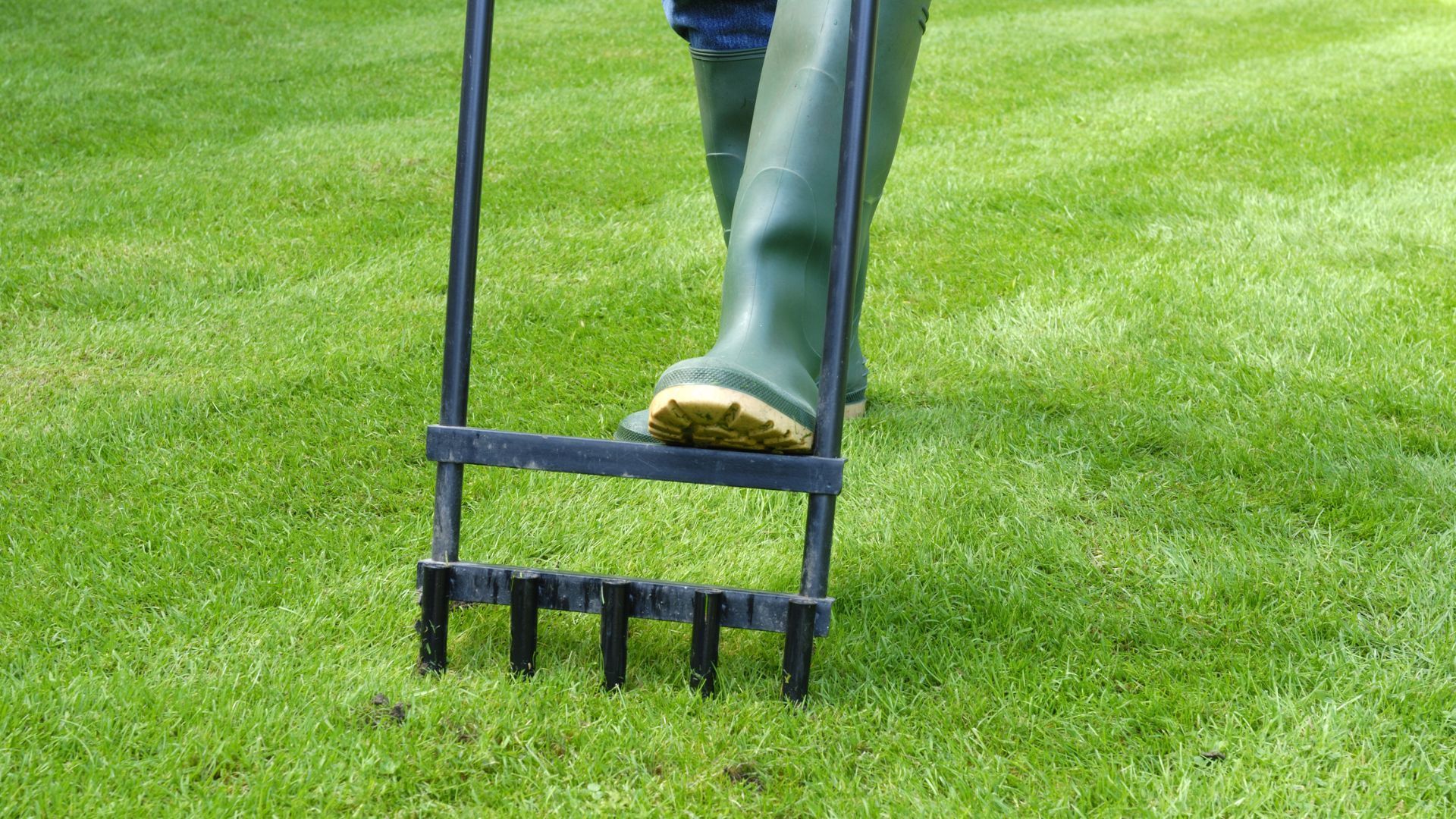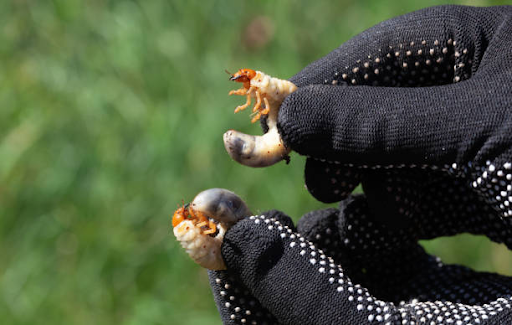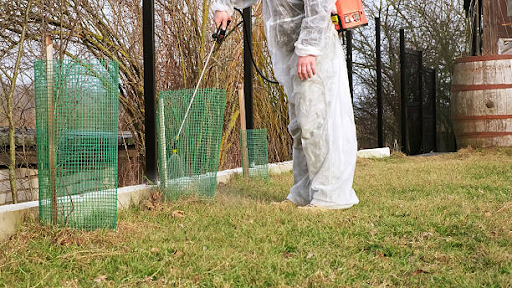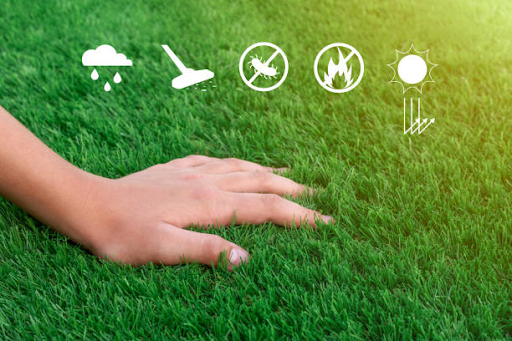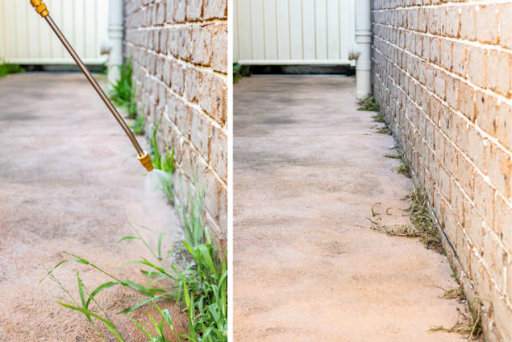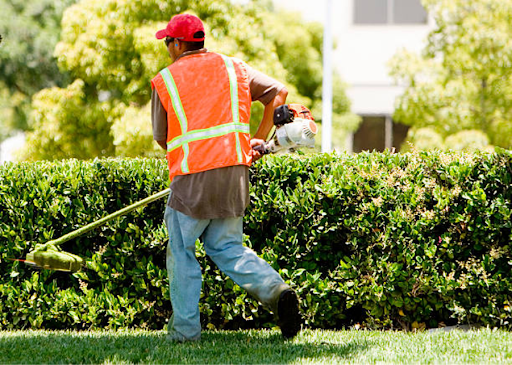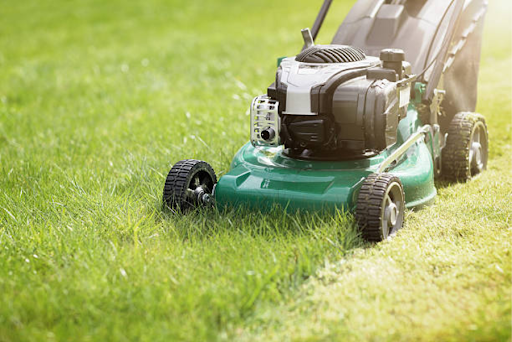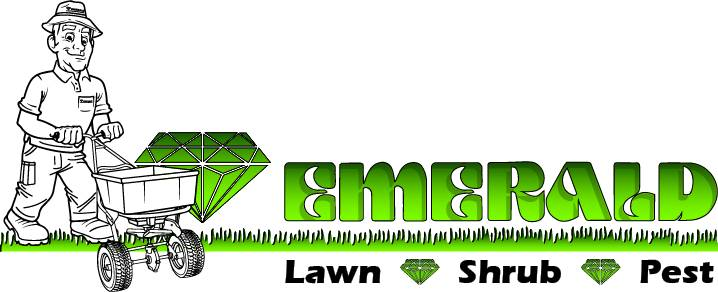Emerald Lawn-Scapes P.O. Box 174 Boonton, NJ 07005-1752
Ultimate Guide to Lawn Pest Control in Northern New Jersey: Protect Your Lawn Year-Round (2025)
Your beautifully manicured Northern New Jersey lawn can transform from lush green paradise to brown, patchy disaster in just weeks—and the culprit might be lurking beneath the surface. Whether facing destructive grubs, surface-feeding chinch bugs, or browsing deer, understanding the unique pest pressures in Morris County is essential for maintaining a healthy, vibrant lawn year-round.
This comprehensive guide helps you identify common lawn pests, understand optimal treatment timing, and implement proven prevention strategies to protect your landscape investment.
Why Northern New Jersey Lawns Face Unique Pest Challenges
Northern New Jersey's diverse landscape creates perfect conditions for year-round pest activity. The region's four distinct seasons bring different pest pressures that homeowners must navigate continuously. Clay-heavy soil common in Morris County affects moisture retention and drainage patterns, directly influencing pest populations and lifecycles.
Spring brings renewed activity as warming soil triggers egg hatching and larval development. When soil temperatures reach 58°F, crabgrass germinates and pest eggs hatch. Summer intensifies pressure with hot, humid conditions favoring chinch bugs, sod webworms, and active grub feeding. Fall presents critical windows for both preventive and curative treatments, while winter sees increased deer browse damage as natural food sources disappear.
The proximity of wooded areas to suburban neighborhoods means Northern NJ homeowners face both insect and animal pest pressures simultaneously—requiring comprehensive management strategies.
5 Most Destructive Lawn Pests in Northern NJ (And How to Spot Them)
White Grubs: Underground Root Destroyers
White grubs—larvae of Japanese beetles and European chafers—rank among the most damaging pests in Northern New Jersey. These C-shaped, soft-bodied larvae with brown head capsules feed aggressively on grass roots throughout late summer and early fall. While healthy lawns tolerate 2-4 grubs per square foot, populations reaching 5-10 per square foot cause severe visible damage.
Warning signs include:
- Brown patches that peel back like carpet
- Spongy texture when walking on affected areas
- Increased digging from skunks, raccoons, and crows hunting grubs
- Peak feeding damage in August-September
Chinch Bugs: Hot Weather Lawn Killers
Chinch bugs thrive during hot, dry conditions from June through August. These small black insects with distinctive white wings pierce grass blades and inject toxins while feeding, creating irregular yellow patches that rapidly expand to brown, dead areas. Damage appears most prominently in sunny, stressed locations—along driveways, sidewalks, and south-facing slopes.
Identification tip: Part the grass near damaged areas and look for tiny insects scurrying at the soil surface. Unlike grub damage, chinch bug injury doesn't peel back easily.
Deer Browse: Overnight Landscape Destruction
Northern New Jersey's substantial deer population creates unique challenges beyond typical insect pests. Deer tear grass rather than cutting it cleanly, create unsightly hoof impressions, and establish bedding areas that kill grass through compaction and waste accumulation. Unlike gradual insect damage, deer destruction can appear overnight and worsen rapidly once they establish feeding routes.
Sod Webworms and Bluegrass Billbugs
Sod webworms create irregular brown patches and leave silk-lined tunnels near the soil surface. Bluegrass billbugs, often confused with grubs, attack grass stems rather than roots, leaving sawdust-like frass as evidence. Both require accurate identification for effective treatment.
Armyworms: The Emergency-Level Threat
Armyworms present critical threats, capable of destroying entire lawns in 2-3 days when populations explode in late summer. Their rapid feeding requires immediate professional intervention to prevent catastrophic damage.
DIY Pest Detection: The Square Foot Test
Early detection dramatically reduces treatment costs and prevents extensive renovation. The square foot test remains the gold standard for diagnosing grub problems:
- Using a spade or cup cutter, remove a 12"×12" section of turf in damaged areas
- Peel back the sod and count visible grubs in the root zone
- Five to ten grubs per square foot requires immediate treatment
- Replace sod and water thoroughly
The Soap Flush Test for Surface Pests
For surface-feeding pests, mix two tablespoons dish soap in one gallon of water and pour over one square yard of suspected area. Wait 10 minutes—surface insects will emerge, allowing accurate identification.
Pro tip: Conduct monitoring during early morning hours when dew makes insects and damage more visible. Document findings with smartphone photos to track progression.
Your Month-by-Month Pest Control Calendar
Spring Prevention (March-May)
March requires pre-emergent herbicide applications to prevent crabgrass as soil temperatures approach 58°F. Monitor for overwintering damage and vole tunnels visible as snow melts. By May, watch for adult billbugs laying eggs and implement deer repellent programs before browsing intensifies.
Summer Action Window (June-August)
Mid-June through early July represents the optimal timeframe for preventive grub treatments, targeting newly hatched larvae before significant root damage occurs. This critical window determines success or failure for the entire season.
June-July brings peak chinch bug and sod webworm activity, requiring vigilant monitoring in sunny, stressed areas. Maintain proper irrigation to reduce stress that attracts pests.
August marks the transition to curative strategies. Grubs reach peak feeding stage, making this the final window for effective curative treatments. Watch for armyworm outbreaks that devastate lawns rapidly.
Fall Recovery (September-November)
September offers the final opportunity for curative grub control while providing ideal conditions for overseeding damaged areas. As temperatures cool, pest activity naturally decreases, but deer damage intensifies throughout winter as natural food disappears.
Treatment Options: Organic vs. Conventional vs. Hybrid
Organic Solutions for Eco-Conscious Homeowners
Beneficial nematodes—microscopic worms parasitizing grubs—provide effective organic control when soil temperatures range between 55-90°F. These biological controls require 2-3 weeks for results and may need multiple applications.
Milky spore, a bacterial disease specific to Japanese beetle grubs, offers remarkable long-term protection lasting 10-15 years. However, it only affects Japanese beetles, not European chafers. This limitation requires careful consideration before investment.
Cultural practices form the foundation of organic pest management:
- Maintain 3-3.5 inch mowing height to shade soil and reduce stress
- Apply 1-1.5 inches of water weekly in early morning
- Core aerate annually in fall to reduce thatch where pests overwinter
- Balance fertilization based on soil testing to avoid excess nitrogen attracting pests
Conventional Chemical Treatments
Preventive insecticides containing imidacloprid, chlorantraniliprof, or thiamethoxam deliver 90%+ effectiveness when properly timed in mid-June to early July, providing season-long grub protection.
Curative treatments using trichlorfon or carbaryl work effectively on active August-September infestations, achieving 80-90% control within 1-2 weeks. Professional-grade products offer superior performance compared to consumer options, with proper timing making the difference between success and failure.
The Hybrid Approach: Maximum Results, Reduced Chemicals
Leading lawn care companies now offer organic bridge programs combining organic base treatments with targeted conventional applications where necessary. This approach reduces overall chemical use by 40-60% while maintaining effectiveness and prioritizing safety for children, pets, and pollinators. The integrated strategy recognizes that different situations require different solutions—organic methods for low-pressure maintenance and conventional treatments for active infestations requiring rapid control.
Building Pest Resistance Through Proper Lawn Care
Prevention consistently costs less than cure. Implement these proven cultural practices:
Mowing Strategy:
- Maintain grass height at 3-3.5 inches
- Remove no more than one-third of blade length at once
- Keep mower blades sharp to prevent disease entry points
Irrigation Protocol:
- Deep, infrequent watering (1-1.5 inches per week)
- Apply in early morning to reduce disease risk
- Avoid overwatering that creates favorable pest conditions
Soil Management:
- Annual soil testing for pH, nutrients, and organic matter
- Core aeration in fall to improve root development
- Balanced fertilization preventing excessive nitrogen
Strategic Overseeding:
- Late August through mid-September timing fills bare spots quickly
- Prevents pest and weed colonization
- Introduces improved cultivars with better pest resistance
When Professional Lawn Pest Control Makes Financial Sense
While DIY approaches work for small lawns with low pest pressure, professional services become essential for:
- Properties exceeding 10,000 square feet
- Areas with recurring infestation history
- Situations involving multiple pest types simultaneously
- High-value landscaping requiring protection
Cost Analysis:
- Professional seasonal programs: $300-$600 annually
- Comprehensive year-round protection: $600-$1,200
- DIY lawn renovation after severe damage: $1,500-$3,000+
The ROI calculation is straightforward: investing $400 in preventive professional care versus $2,500 in curative treatment plus renovation represents a 425% return on prevention.
Safety First: Protecting Family, Pets, and Environment
Modern lawn pest control prioritizes safety alongside effectiveness:
Application Safety:
- EPA-registered products undergo rigorous testing
- Keep pets indoors during applications
- Follow label re-entry times (typically 24-48 hours)
- Prevent access to treated areas until dry
Environmental Protection:
- Time applications to avoid flowering periods
- Choose products with lower bee toxicity ratings
- Maintain untreated flowering areas supporting beneficial insects
- Prevent runoff into storm drains by following proper application rates
Ready to Protect Your Northern NJ Lawn?
Maintaining a beautiful, pest-free lawn in Northern New Jersey requires knowledge, proper timing, and consistent management. Early detection prevents costly damage, seasonal timing maximizes treatment effectiveness, and integrated approaches balance results with safety.
Don't wait for brown patches and dying grass to force action. Schedule your free lawn inspection with Emerald Lawn-Scapes today to assess your property's specific pest pressures and develop a customized protection plan. Our team serves Boonton, Morris County, and throughout Northern New Jersey with expertise in both insect and deer control—protecting your lawn investment from every threat.
📞 Call now for your complimentary lawn pest assessment and discover how our comprehensive approach keeps your turf healthy, green, and pest-free all season long.
